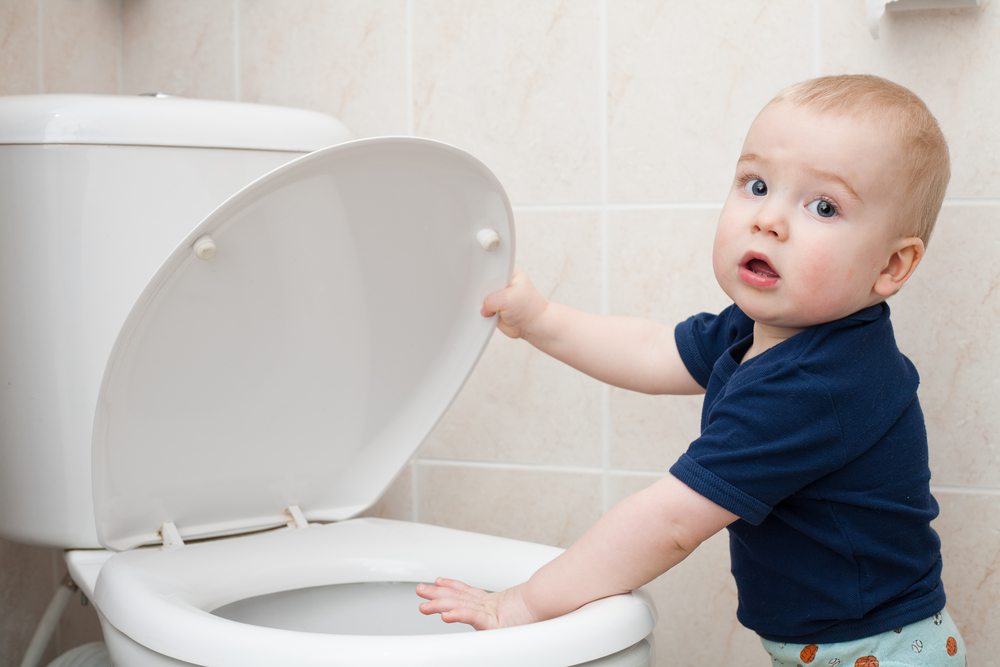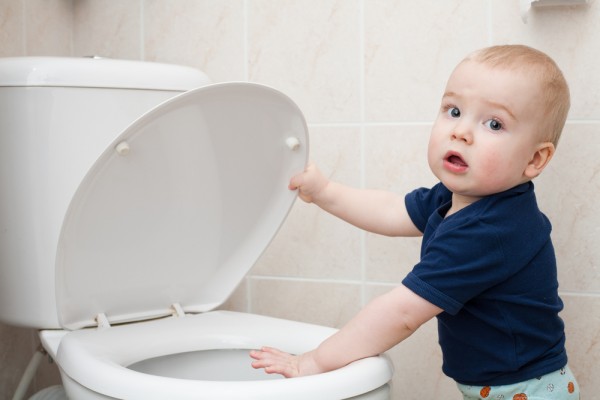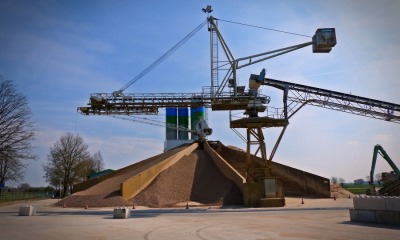Green & Energy
Waterless Urinals: What They Are, and How They Work

Most of us are lucky enough to be able to take clean water for granted. If we need a drink of water, we can simply turn on the tap and have as much as we want, and it’s exactly the same when we take a shower, or need to wash our clothes.
While household water is essentially a renewable resource, since many types of waste water can be recycled and reused, as is already the case in many towns and cities, it doesn’t mean that we should actually waste waster. Saving water is something that Mother Nature will be thankful for, and is often recommended and even legally enforced in parts of the country that are subject to drought. There are many tricks and tips for saving water at a residence or business, whether it’s catching shower water in a bucket for later use on the garden, or turning the faucet off while we’re scrubbing our teeth. Sometimes saving water at a business needs a different approach, and many places are cottoning on to the fact that many aspects of day-to-day life when we think we might need to use water aren’t always as they seem. Sometimes technology has given us another way to do things, as is the case when it comes to urinals that don’t need water.

Little boy looks in the toilet – Shutterstock
Toilets: We All Need Them!
All businesses need to have toilet facilities, and often the number of facilities is heavily regulated- a bar or restaurant needs to have a certain number of toilets, depending on the town or county regulations. In older buildings, these facilities are often in perfect working order and can be left as is, although in newer buildings, it can often be a great financial and environmental decision to do without water in the urinals.
The Details
Waterless urinals are a fairly recent occurrence, having been developed by the German born inventor Klaus Reichardt in the 1980’s. Essentially the urine is collected in a receptacle within the urinal, which is covered with a sealant that allows the urine to drain in, but also traps the unpleasant smell. While the waterless urinal can be installed almost anywhere, it’s not always compatible with existing plumbing, and the undiluted urine as well as small amounts of the sealant chemicals can cause corrosion in the pipes. Before installing you’re the urinal on your own consult with a local plumber professional like www.indyplum.com.
The Benefits
The environmental benefits are astounding, since each waterless urinal can save between 20,000 and 45,000 gallons of water per year, depending on the location of the urinal and how often it’s used each day. Things like poor water pressure aren’t a problem, they can be cheaper and easier to install than conventional urinals, and of course they’re more pleasant for the user, since they’re mostly free of any unpleasant smells.
As environmental concerns mean that we might treat water as a more valuable commodity than we currently do, waterless options will no doubt become more common. Waterless urinals are already a common sight, and they’re very easy to obtain and install, whether you call a plumber in Indianapolis, or a German toilet specialist.
-

 Tech11 years ago
Tech11 years agoCreating An e-Commerce Website
-

 Tech11 years ago
Tech11 years agoDesign Template Guidelines For Mobile Apps
-

 Business6 years ago
Business6 years agoWhat Is AdsSupply? A Comprehensive Review
-

 Business10 years ago
Business10 years agoThe Key Types Of Brochure Printing Services
-

 Tech8 years ago
Tech8 years agoWhen To Send Your Bulk Messages?
-

 Tech5 years ago
Tech5 years ago5 Link Building Strategies You Can Apply For Local SEO
-

 Law5 years ago
Law5 years agoHow Can A Divorce Lawyer Help You Get Through Divorce?
-

 Home Improvement6 years ago
Home Improvement6 years agoHоw tо Kеер Antѕ Out оf Yоur Kitсhеn











































